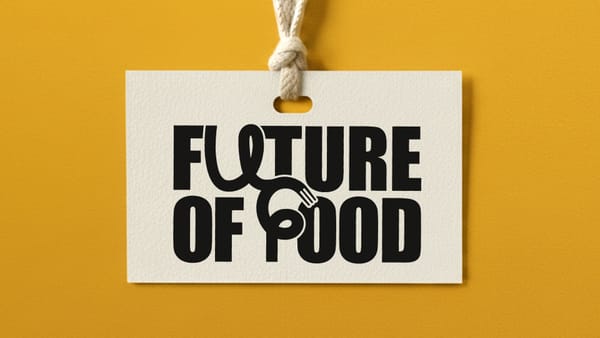UNSTUCK 031: Is Alt-Chocolate The Quiet Challenger Headed For A Breakthrough?
Three reasons why alt-chocolate could succeed where alt-meat has stalled

Here at UNSTUCK we confess to having a sweet tooth. However our interest in alt-chocolate doesn't stop at indulgence, there are important marketing strategy lessons to be unpacked as well. Unlike alt-meat, which stumbled under the weight of overhype and underperformance, alt-chocolate has three things going for it: fundamentally different consumer drivers, a far less culturally loaded category, and a quietly compelling commercial case.
Chill, it’s just a treat
Alt-chocolate is, in many ways, less complicated than meat. For starters, it carries far less cultural baggage. Meat is a ritualistic centerpiece – tied to identity, tradition, and masculinity. Chocolate is a treat, not a staple. Nobody is grilling chocolate at a BBQ and forming their identity around it. You don’t need to overhaul dinner, just try a new treat.
Chocolate is often a minority ingredient – the outer layer of a Snickers bar, a filling in a pain au chocolat, a drizzle on a dessert – not the entire dish. Unlike a steak or a burger, which must carry the plate, chocolate can play a supporting role, where even a close imitation could be “good enough”. That gives alt-chocolate more room to maneuver.
Taste expectations vary widely – just look at the millions of Americans who think Hershey’s is chocolate. Whilst established taste dynamics across markets are important, there is a wide playing field to make strategic choices about where to align and win.
A commercial (rather than consumer) problem
Let’s be clear – there’s no consumer pull for cocoa-free chocolate. Whilst some consumers are looking for ways to reduce their meat consumption, or to eat healthier meals, nobody is vilifying the evil-doers of Valrhona. Nobody is agonizing over the carbon footprint of their ball of Ferrero Rocher. And nobody is tracking whether their daily flavanol intake meets the recommended 400-600mg.
But alt-chocolate does solve a real commercial problem. Manufacturers and retailers are increasingly desperate for stable and climate-resilient supply chains. Cocoa is volatile, plagued by climate-sensitive yields and price swings that keep procurement teams up at night. The 2024 price spikes, driven by extreme weather in West Africa, only sharpened the urgency.
Alt-choclate offers a hedge that goes beyond mere ESG box-ticking. By using seeds, grains or other locally sourced inputs and fermenting them, it bypasses many of cocoa’s endemic risks.
If it happens to be more ethical with fewer child labor scandals, all the better. But it’s not the reason anyone is going to buy.
A backstage hero
Alt-chocolate will thrive first behind the scenes. In cookies, protein bars, and powdered drinks, chocolate is rarely the hero—just a supporting flavor. Here, good-enough taste and cost parity open the door, especially if it helps hit ESG targets.
The bigger challenge lies in branded bars, where taste is identity. Here, you’re not selling chocolate—you’re selling a specific kind of chocolate. Cadbury is not Mars is not Lindt. To win here, alt-chocolate players will need the ability to mimic these brand-specific profiles with surgical precision.
With no consumer problem to solve, nor benefits to drive, but a big commercial issue, alt-chocolate will thrive behind the scenes as a B2B play.
All categories are not created equal
We regularly advocate in other categories for the role of consumer brands to prove opportunities for consumer demand and value creation to unlock B2B scale. Chocolate is different. As an ingredient - as long as it tastes chocolatey no one really cares whether it’s created from a cocoa bean or not. As a branded product there will be legal and regulatory issues to overcome as to what defines chocolate, but the potential for blending to keep costs down and create greater supply predictably will be warmly met if taste profiles and processability can be met.
We usually roll our eyes at the old 'Price, Taste, Convenience' formula. But in this case? It just might be the correct playbook for alt-chocolate to become the one-to-watch of the sustainable foods industry.






